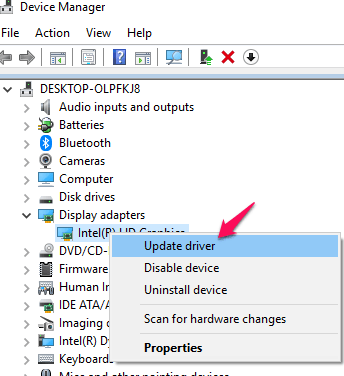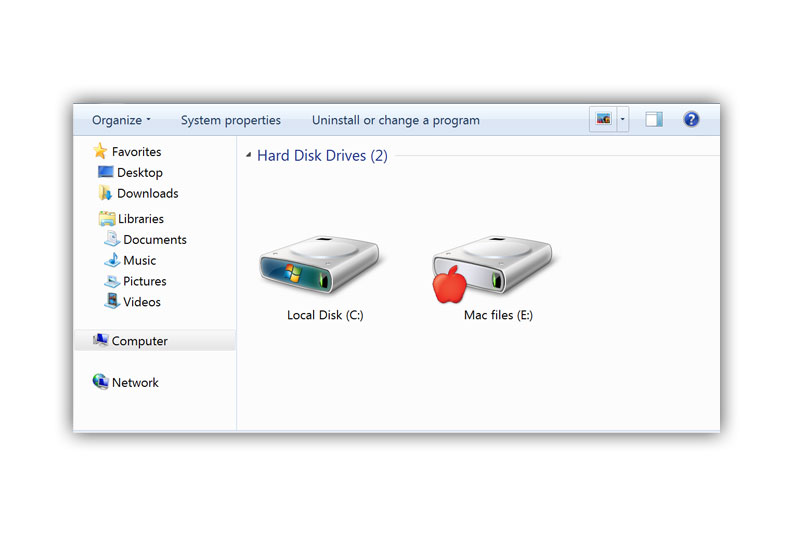
#MACDRIVE 10 UNIN SERIES#
1 shows the time series of the yearly mean absolute intensity errors through 2012 in the North Atlantic from NHC and for the western North Pacific from JTWC. It is well accepted that operational track forecasts have improved dramatically in the last decade or so, but verifications of operational intensity forecasts over these same time periods have shown, by these centers' own assessments, little or no improvement ( Cangialosi and Franklin 2012b Falvey 2012). The best-track intensity values are provided to the nearest 5-kt interval ( Landsea and Franklin 2013 Landsea et al. All three centers create postseason best tracks 2 and verify their forecasts versus the track and intensity information contained in those best tracks. 1 The centers also issue intensity and track forecasts every 6 h and contain projections valid 12, 24, 36, 48, 72, 96, and 120 h after the forecast's nominal initial time (0000, 0600, 1200, or 1800 UTC). These operational TC forecast centers monitor the location and intensities of all active TCs in their respective areas of responsibility.

TC intensity is measured in terms of knots (kt 1 kt = 0.514 m s −1), so we will use knots, the native unit, for the remainder of the paper. Tropical cyclone (TC) intensity is defined as the 1-min maximum surface (10 m) wind by the National Hurricane Center (NHC), the Central Pacific Hurricane Center (CPHC), and the Joint Typhoon Warning Center (JTWC). It is only in the last decade that the objective intensity guidance has become accurate enough to influence the NHC and JTWC forecast errors.Ĭontrary to what is often reported in the literature, tropical cyclone intensity forecast models have improved over the past two decades at a rate that is statistically significant.

The reason that the official NHC and JTWC intensity forecast errors have decreased slower than the guidance errors is because in the first half of the analyzed period, their subjective forecasts were more accurate than any of the available guidance. These error reductions resulted from improvements in statistical–dynamical intensity models and consensus techniques that combine information from statistical–dynamical and dynamical models. Although these rates are only about one-third to one-half of the rates of reduction of the track forecast models, most are statistically significant at the 95% level.

Errors from the best available model have decreased at 1%–2% yr −1 at 24–72 h, with faster improvement rates at 96 and 120 h. This article documents statistically significant improvements in operational TC intensity guidance over the past 24 years (1989–2012) in four tropical cyclone basins (Atlantic, eastern North Pacific, western North Pacific, and Southern Hemisphere). This result has sometimes erroneously been used to conclude that little or no progress has been made in the TC intensity guidance models. The mean absolute error of the official tropical cyclone (TC) intensity forecasts from the National Hurricane Center (NHC) and the Joint Typhoon Warning Center (JTWC) shows limited evidence of improvement over the past two decades.


 0 kommentar(er)
0 kommentar(er)
